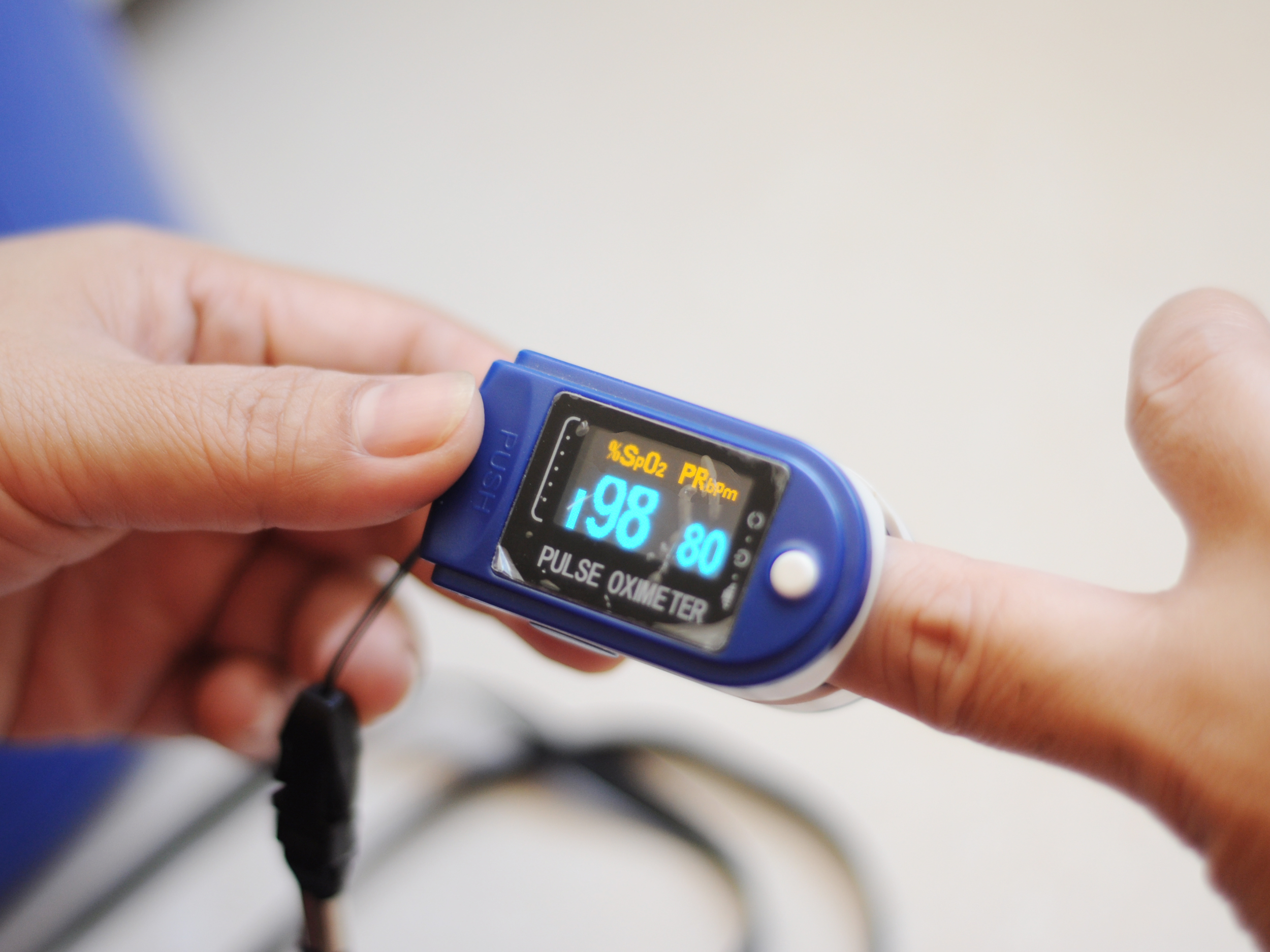There must be enough oxygen in the air you are breathing Your lungs must be able to inhale the oxygen-containing air — and exhale carbon dioxide Your bloodstream must be able to circulate blood to your lungs, take up the oxygen and carry it throughout your body. A low blood oxygen level, also called hypoxemia, is defined as an oxygen level in the blood that is lower than normal. The lower limit of normal is typically defined as 90%. The level of oxygen in your blood is determined by measuring how much oxygen is in a sample of arterial blood.
Using supplemental oxygen will increase your oxygen levels but there are other tips that can help increase your oxygen levels, its circulation and your body’s ability to take up the additional oxygen and utilise it more efficiently.Fingertip Pulse Oximeter, Blood Oxygen Saturation Monitor (SpO2) with Pulse Rate Measurements and Pulse Bar Graph, Portable Digital Reading LED Display, Batteries and Carry Case Included. 4.7 out of 5 stars 19,521. $22.95$22.95 ($22.95/Count) Get it as soon as Wed, Jan 20. FREE Shipping on orders over $25 shipped by Amazon. Blood carries oxygen to the cells throughout your body to keep them healthy. Hypoxemia can cause mild problems such as headaches and shortness of breath. In severe cases, it can interfere with heart and brain function. Hypoxemia that causes low oxygen levels in your body’s tissues is called hypoxia. In essence, your body’s blood oxygen level refers to the amount of oxygen that your RBCs are carrying. But why is it essential to know about it? If your blood oxygen level is too low, it might indicate the early signs of a heart attack or other cardiovascular issues.
Take a look at these ideas as in conjunction with your home oxygen therapy a little change could greatly increase your oxygen levels and quality of life.
These 10 ideas will help to improve your oxygen levels:
1. Open your windows. Fresh air will bring additional oxygen into your home and even if you are constantly breathing in oxygen through a cannula, whenever you talk or open your mouth fresh air containing higher oxygen levels can be drawn into your body. If you live in a smoggy area then you could consider investing in an air-filtration system.

2. Plants. They are the opposite of us as they take-in carbon dioxide and expel oxygen. Thereby increasing the foliage and plants in your home will decrease the carbon dioxide and increase the oxygen levels in your home.
Oxygen Level Chart
3. Aroma. Many of the chemical-filled candles and various other incense type products actually contain carcinogens. Instead it is better to burn all-natural beeswax candles as then you’ll have better luck breathing in oxygen.
4. Exercise. Even a small amount of exercise will help to improve your respiration ability, as your breathing rate increases and deepens your lungs can absorb more oxygen.
5. Increase your water intake. Water is made up of oxygen so by increasing your water consumption you can increase the amount of oxygen in your body.
6. Go Green. Eating more fresh, raw green juices is beneficial as they are full of vitamins and minerals which your body utilises to aid in the uptake of oxygen.

7. Meditation. Daily meditation or just simply sitting quietly and focusing on your breathing and taking deep breaths for a few minutes can greatly help in reducing stress and improving your oxygen intake.
8. Eat lron-rich foods. Your diet can seriously impact your oxygen levels. Certain foods can help improve your oxygen levels in the blood naturally. Target iron-rich foods such as meats, poultry, fish, legumes and green leafy vegetables as they can improve iron deficiency, which in turn improves blood oxygen levels.
Blood Oxygen Saturation Levels
9. Cut out Salt. A diet low in sodium can lead to increased oxygenation via the kidney and the blood.
10. Eat green raw foods. Oxygen-rich foods can naturally increase your blood oxygen levels. Try eating more green vegetables like kale, broccoli and celery in order to boost your oxygen levels and hopefully breathe easier.
References: http://lunginstitute.com
